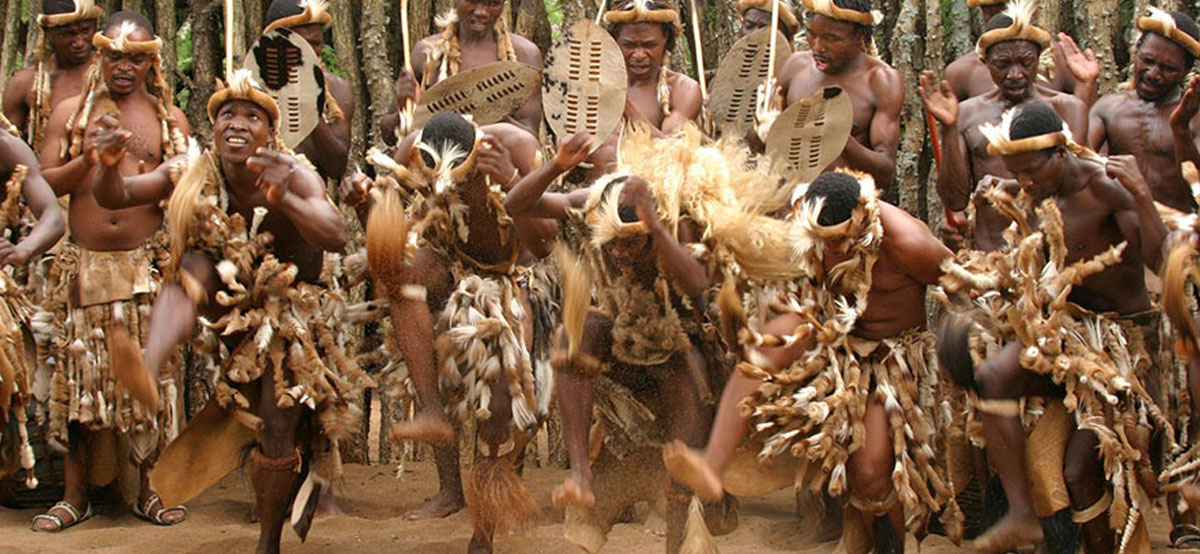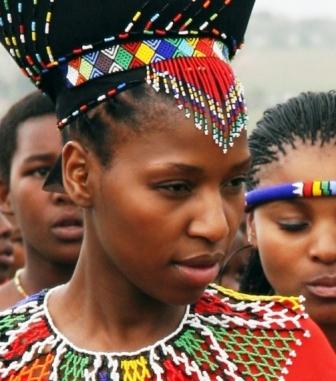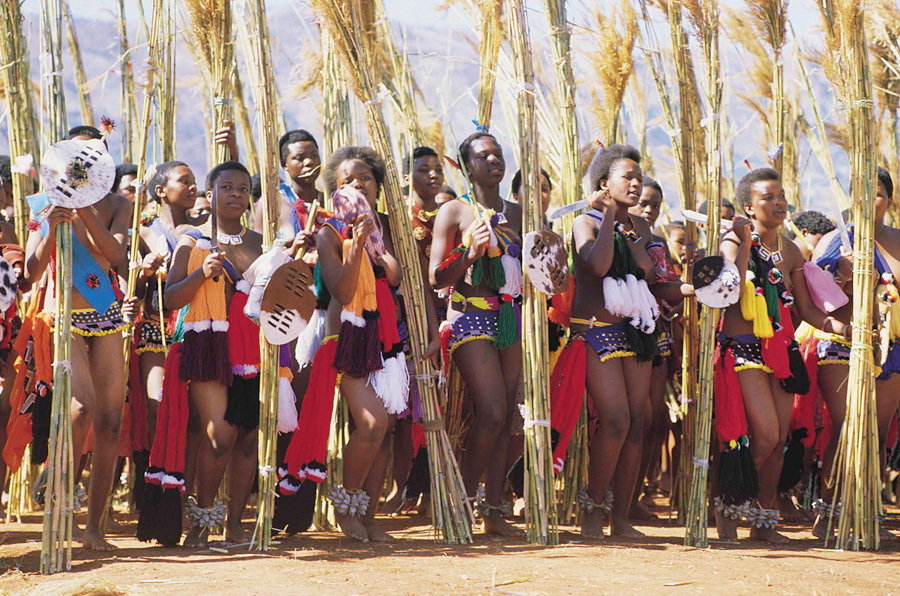How South African Culture Today can Save You Time, Stress, and Money.
How South African Culture Today can Save You Time, Stress, and Money.
Blog Article
Getting The South African Culture Today To Work
Table of ContentsSouth African Culture Today for DummiesSouth African Culture Today Fundamentals Explained6 Easy Facts About South African Culture Today ExplainedThe smart Trick of South African Culture Today That Nobody is Talking AboutSouth African Culture Today - TruthsFacts About South African Culture Today Revealed
This follows with singing and drum whipping. The groom and bride after that consult with the elders and speak about the significance of their union. A matter of relevance in Zambian towns is the passing away of enjoyed ones. All members of the town put cash, time and initiative with each other for the interment of the deceased.Music and dancing is an extremely vital facet of the Zambian society. The numerous tribal devices have their own dance types; however, makishi is common among all tribes.
The 10-Second Trick For South African Culture Today
When it concerns songs, drums are made use of one of the most, with a selection of drumming ceremonies. In Zambia, majority of the people are Christian; Protestant and Roman Catholic. There are little groups of Muslims and Hindus, with the remainder complying with neighborhood native tribal ideas.

South African heritage and culture is greatly varied, and includes various teams of individuals that each have their own traditions and ideas. Having such a variety of people and cultures is what makes South Africa so distinct. In real feeling of the phrase, we are a rainbow nation.
South Africa has around three hundred thousand Portuguese individuals residing in it. Making it the 7th on the list of nations with one of the most Portuguese people in it beyond Portugal. Portuguese is not only a society, however it is likewise a language and a nationality. Portuguese individuals originate from the nation of Portugal in Europe, however, due to Portugal (like several various other countries in Europe) checking out the world and dominating various other countries throughout the 15th 20th centuries, South Africa has what we call Portuguese South African's living in it.
South African Culture Today Can Be Fun For Everyone
Amongst the noticeable features of the topography is a plateau that covers practically 2 thirds of the center of the nation. The plateau complex rises toward the southeast, where it climaxes in the Drakensberg variety, part of a cliff that separates the plateau from the coastal locations. The Drakensburg consists of Champagne Castle, the greatest height in the nation.
The area north of the Witwatersrand, called the bushveld, inclines downward from eastern to west towards the Limpopo River, which creates the international border. The western area of the plateau, the middleveld, likewise comes down in the direction of the west and differs in altitude in between the highveld and bushveld. In between the Drakensburg and the eastern and southerly coast, the land comes down to the sea.
Nearer the shore there is a low-lying level called the eastern lowveld. Southwest of the plateau the nation ends up being considerably more arid, giving way to the stony desert of the Great Karroo, verged on the east by the reduced, better watered plateau of the Little Karroo. Separating the completely dry southerly inside from the sandy littoral of the southerly coast and West Cape is another range, the Langeberg.
Some Known Details About South African Culture Today
The country's racially, ethnically, and politically divided history has actually produced nationwide and subnational signs that still function as signs of the country, and others icons that are accepted just by specific teams. The monuments to white inhabitant conquest and political dominance, such as the Afrikaner Voortrekker ("leader") Monument in Pretoria and the Rhodes Monument recognizing the British colonial empire builder and Cape head of state Cecil Rhodes, continue to be sectarian signs.
The first modern-day inhabitants were the San ("bushman") hunter-gatherers and the Khoi ("Hottentot") peoples, that rounded up animals (South African culture today). The San may have been present for countless years and left proof of their existence in countless old cave paintings ("rock art"). Bantu-speaking clans that were the ancestors of the Nguni (today's amaZulu, amaXhosa, amaSwazi, and vaTsonga individuals) and Tswana-Sotho language teams (today's Batswana and Southern and Northern Basotho) migrated below eastern Africa as very early as the fifteenth century

Both previous republics of the Orange Free State and Transvaal (South African Republic) were established by Afrikaner inhabitants who defeated and dispossessed the Basotho and Batswana. Lesotho would have been by force incorporated right into the Orange Free State without the expansion of British protection in 1869. The utmost marriage of the nation resulted from the South African Battle (18991902) in between the British and both Afrikaner republics, which minimized the country to mess up at the beginning of the twentieth century.
Afrikaners traditionally considered themselves the just true South Africans and, while approving full citizenship to all homeowners of European descent, refuted that condition to individuals of shade until the democratic transition of 1994. British South Africans keep a sense of social and social connection to Great Britain without compromising their identification as South Africans.
South African Culture Today Can Be Fun For Everyone
The variety and fragmentation within ethnic groupings and the balance of tensions in between those groups throughout the twentieth century protected against interethnic civil conflict. While intergroup tensions over resources, privileges, and political dominance continue to be, those conflicts are as likely to match Zulu against Zulu as Zulu versus Xhosa or African against Afrikaner.
From colonial India, British vendors and managers brought the bent steel ornamental roof coverings and slender shoelace work columns that still epitomize the terraces of cottages in communities and cities throughout the nation. Houses of worship contribute an important architectural aspect also in the smallest towns. In addition to the rising steeples and classic stonework of Afrikaans Dutch Reformed churches, Anglican churches, synagogues, mosques, and Hindu shrines offer variety to the spiritual architectural scene.

Slaughtering and the developing of traditional grain beer are crucial in safeguarding the participation and a good reputation you can check here of the forefathers who are taken into consideration the guardians of good luck, prosperity, and wellness. Indian neighborhoods maintain their native culinary customs and apply them on Islamic and Hindu routine and ceremonial events. Afrikaners and Coloured individuals collect at weekends and unique events at multifamily bbqs called braais, where area bonds are enhanced.
Because this was the main financial business of both black Africans and white homesteaders, conflict in between those teams fixated the property of grazing land and animals. In 1867, the largest diamond deposits on the planet were found at Kimberley in the west central area. The wide range try this out from those areas aided finance the exploitation of the biggest gold coral reef on the planet, which was uncovered on the Witwatersrand in 1886.
More About South African Culture Today
This brought about misunderstandings and calculated misrepresentation in the ventures of white settlers and federal government officials with African principals during the early american period (South African culture today). In the establishment of African gets, some facets of communal and mainly "tribal count on" land period were preserved, and also in white backwoods, forms of common period were still exercised in areas with African areas
After the autonomous improvement of 1994, programs for land restitution, redistribution, and reform were instituted, but progress has been sluggish. The white minority navigate to this website still controls eighty percent of the land. In the wake of agricultural land intrusions in Zimbabwe, the Division of Land Matters has actually pledged to speed up land redistribution.
Report this page